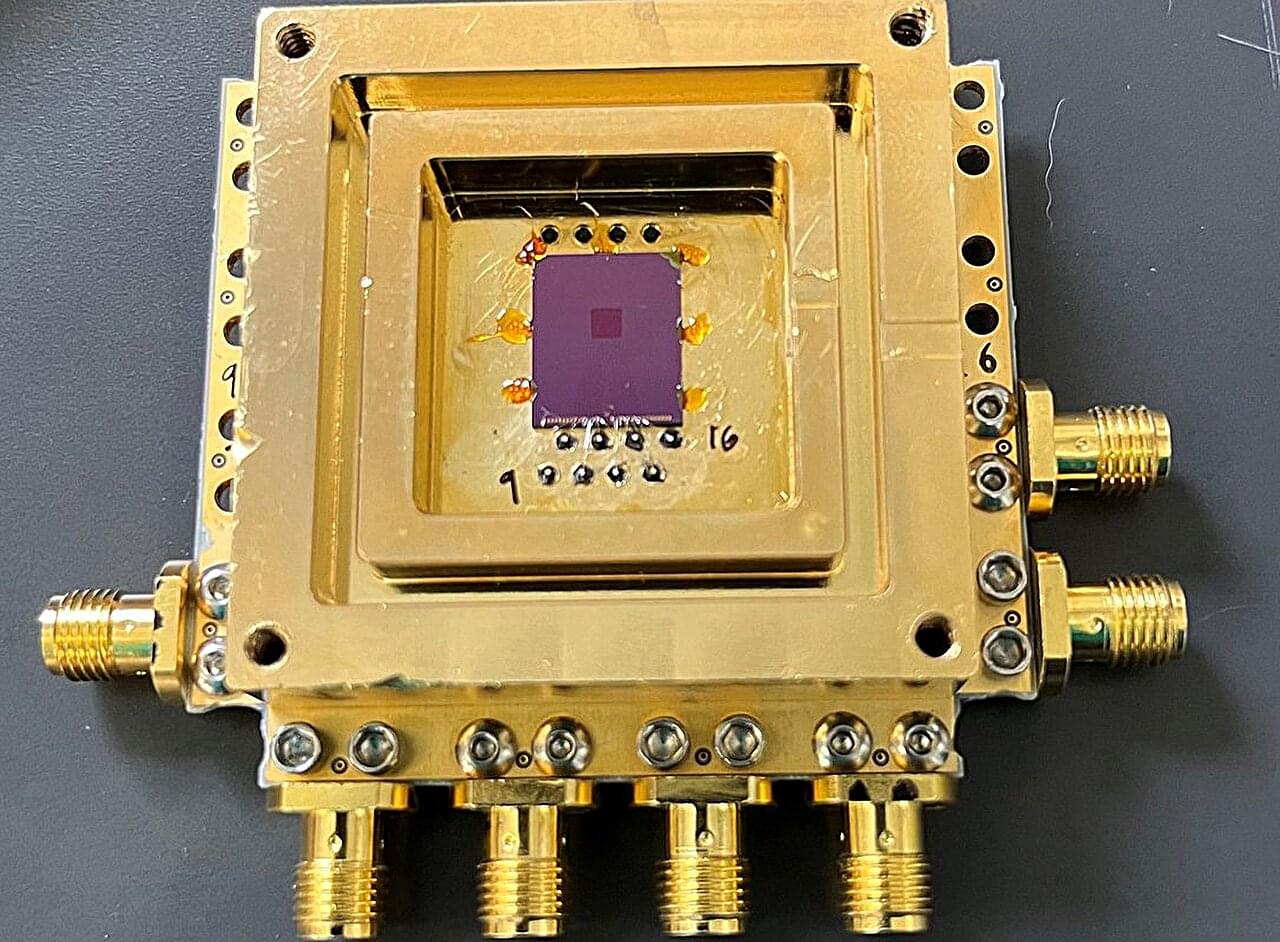To learn more about the nature of matter, energy, space, and time, physicists smash high-energy particles together in large accelerator machines, creating sprays of millions of particles per second of a variety of masses and speeds. The collisions may also produce entirely new particles not predicted by the standard model, the prevailing theory of fundamental particles and forces in our universe. Plans are underway to create more powerful particle accelerators, whose collisions will unleash even larger subatomic storms. How will researchers sift through the chaos?
The answer may lie in quantum sensors. Researchers from the U.S. Department of Energy’s Fermi National Accelerator Laboratory (Fermilab), Caltech, NASA’s Jet Propulsion Laboratory (which is managed by Caltech), and other collaborating institutions have developed a novel high-energy particle detection instrumentation approach that leverages the power of quantum sensors—devices capable of precisely detecting single particles.
“In the next 20 to 30 years, we will see a paradigm shift in particle colliders as they become more powerful in energy and intensity,” says Maria Spiropulu, the Shang-Yi Ch’en Professor of Physics at Caltech.
